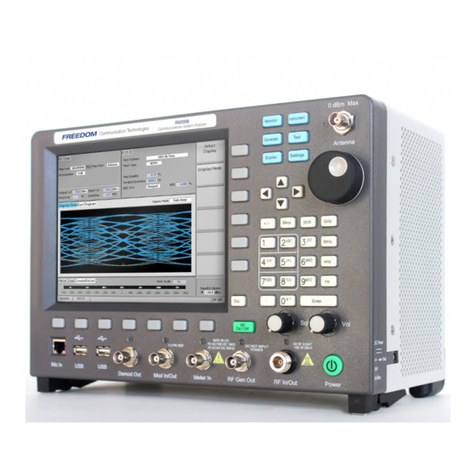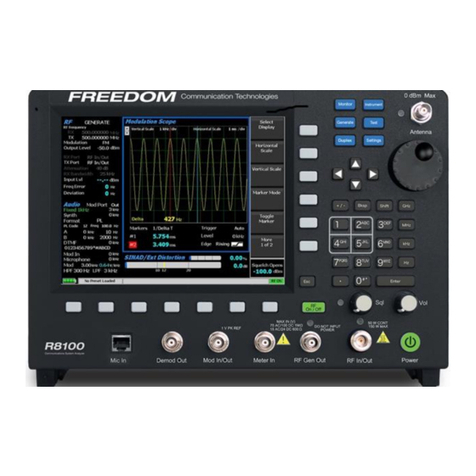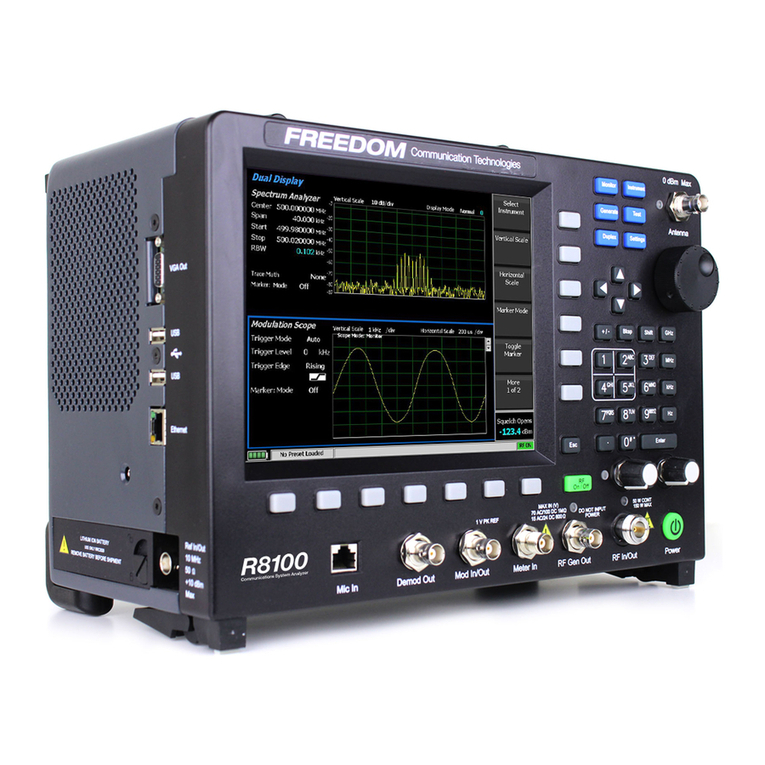
AutoTune for Motorola APX Series Radios User Guide
Table 4-42. Analyzer Configuration for Voice Modulation (internal) test .............26
Table 4-43. Voice Modulation (internal) test results............................................27
Table 4-44. Analyzer Configuration for Voice Modulation (external) test ............28
Table 4-45. Voice Modulation (external) test results...........................................28
Table 5-1. Mobile Test Hardware Table..............................................................30
Table 6-1. Analyzer Configuration for Tx PA Bias alignment ..............................34
Table 6-2. Tx PA Bias alignment results .............................................................34
Table 6-3. Analyzer Configuration for Reference Frequency ..............................35
Table 6-4. Reference Frequency alignment results ............................................35
Table 6-5. Reference Frequency test results......................................................36
Table 6-6. Analyzer Configuration for TX Power Out..........................................37
Table 6-7. Power Detection Calibration alignment results ..................................37
Table 6-8. Tx Power Characterization alignment results.....................................37
Table 6-9. Analyzer Configuration for Tx Current Limit.......................................39
Table 6-10. Tx Current Limit alignment results ...................................................39
Table 6-11. Analyzer Configuration for Tx Voltage Limit.....................................40
Table 6-12. Tx Voltage Limit alignment results ...................................................40
Table 6-13. Analyzer Configuration for Tx Deviation Balance alignment ............41
Table 6-14. Tx Deviation Balance alignment results...........................................41
Table 6-15. Analyzer Configuration for Rx Front End Filter alignment................42
Table 6-16. Rx Front End Filter alignment results...............................................42
Table 6-17. Analyzer Configuration for Rx Duty Cycle Adjustment alignment ....45
Table 6-18. R Duty Cycle Adjustment results .....................................................45
Table 6-19. RF Power test results.......................................................................46
Table 6-20. Analyzer Configuration for Rx Distortion Test ..................................47
Table 6-21. Rx Distortion test results..................................................................47
Table 6-22. Analyzer Configuration for Rx Analog Sensitivity (SINAD) test........48
Table 6-23. Rx Analog Sensitivity (SINAD) test results.......................................48
Table 6-24. Analyzer Configuration for Noise Squelch Threshold test................49
Table 6-25. Noise Squelch Threshold test results ..............................................49
Table 6-26. Analyzer Configuration for Modulation Fidelity test..........................50
Table 6-27. Modulation Fidelity test results.........................................................50
Table 6-28. Analyzer Configuration for Symbol Deviation test............................51
Table 6-29. Symbol Deviation test results...........................................................51
Table 6-30. Analyzer Configuration for P25 Phase 2 Modulation Fidelity test ....52
Table 6-31. P25 Phase 2 Modulation Fidelity test results ...................................52
Table 6-32. Analyzer Configuration for P25 Phase 2 Symbol Deviation test ......53
Table 6-33. P25 Phase 2 Symbol Deviation test results .....................................53
Table 6-34. Analyzer Configuration for Rx Digital Sensitivity (P25 BER) test .....54
Table 6-35. Rx Digital Sensitivity (P25 BER) test results ....................................54
Table 6-36. Analyzer Configuration for Rx Sensitivity (P25 Phase II BER) test ..55
Table 6-37. Rx Sensitivity (P25 Phase II BER) test results.................................55
Table 6-38. Analyzer Configuration for Voice Modulation (internal) test .............56
Table 6-39. Voice Modulation (internal) test results............................................57
Table 7-1. AutoTune Troubleshooting Chart.......................................................58
No table of figures entries found.
































